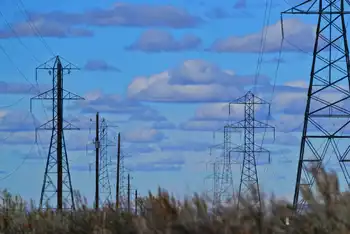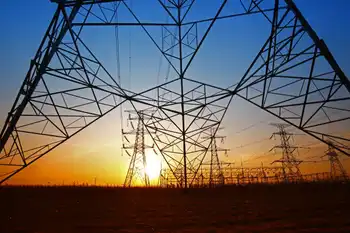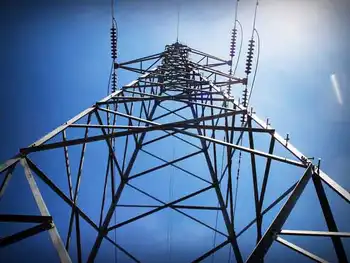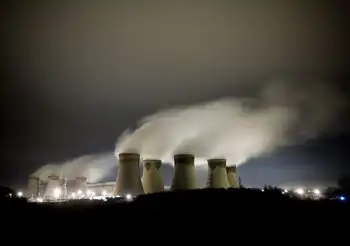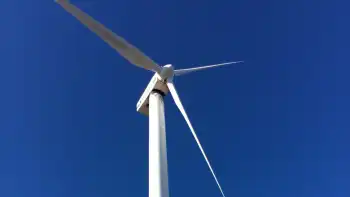U.S. becomes world leader in wind power
By San Jose Mercury News
Electrical Testing & Commissioning of Power Systems
Our customized live online or in‑person group training can be delivered to your staff at your location.

- Live Online
- 12 hours Instructor-led
- Group Training Available
And for the fourth consecutive year, the United States is home to the fastest-growing wind power market in the world.
Wind power capacity increased by 60 percent, or 8,558 megawatts, in 2008, representing $16.4 billion in federal and private investments in new wind projects. Total U.S. wind capacity at the end of 2008 was 25,369 megawatts, compared with 23,933 for Germany, the Energy Department said.
That raised to nearly $45 billion the total wind power investment in the United States since the 1980s. One megawatt of electricity generally is enough to power 750 to 1,000 homes.
Wind now delivers nearly 2 percent of the nation's electricity supply.
"Wind energy will be a critical factor in achieving the president's goals for clean energy, while supporting news jobs," Energy Secretary Steven Chu said in a statement with the report. "While the United States leads the world in wind energy capacity, we have to continue to support research and development as we expand renewable energy deployment."
The report, prepared by Ryan Wiser and Mark Bolinger of the Lawrence Berkeley National Laboratory, provides an overview of trends in the U.S. wind power market in 2008. While the $16.4 billion figure is impressive — total investment in wind was about $9 billion in 2007 and about $4 billion in 2006 — investments are expected to drop this year, Bolinger said in an interview.
"The economic situation that is causing trouble elsewhere in other industries is also impacting the wind industry," he said.
Among the report's findings:
• Wind projects accounted for 42 percent of all new electric generating capacity in the United States last year.
• Growth is distributed across much of the country. Texas leads the nation with 7,118 megawatts of new wind capacity installed, followed by Iowa (2,791 megawatts) and California (2,517 megawatts). For a long time, California led the United States in installed wind capacity.
"It's easier to build wind in Texas because the regulatory and permitting process is not as onerous as it is in California," Bolinger said.
He noted that Texas also benefits from more widespread wind development, while California has essentially three or four concentrated areas where wind resources are strong.
• Market growth is spurring manufacturing investments in the United States. Several major foreign wind turbine manufacturers either opened or announced new U.S. wind turbine manufacturing plants last year. Likewise, new and existing U.S.-based manufacturers either initiated or scaled up production. The American Wind Energy Association estimates that roughly 8,400 new domestic manufacturing jobs were added in the wind sector in 2008 alone.





